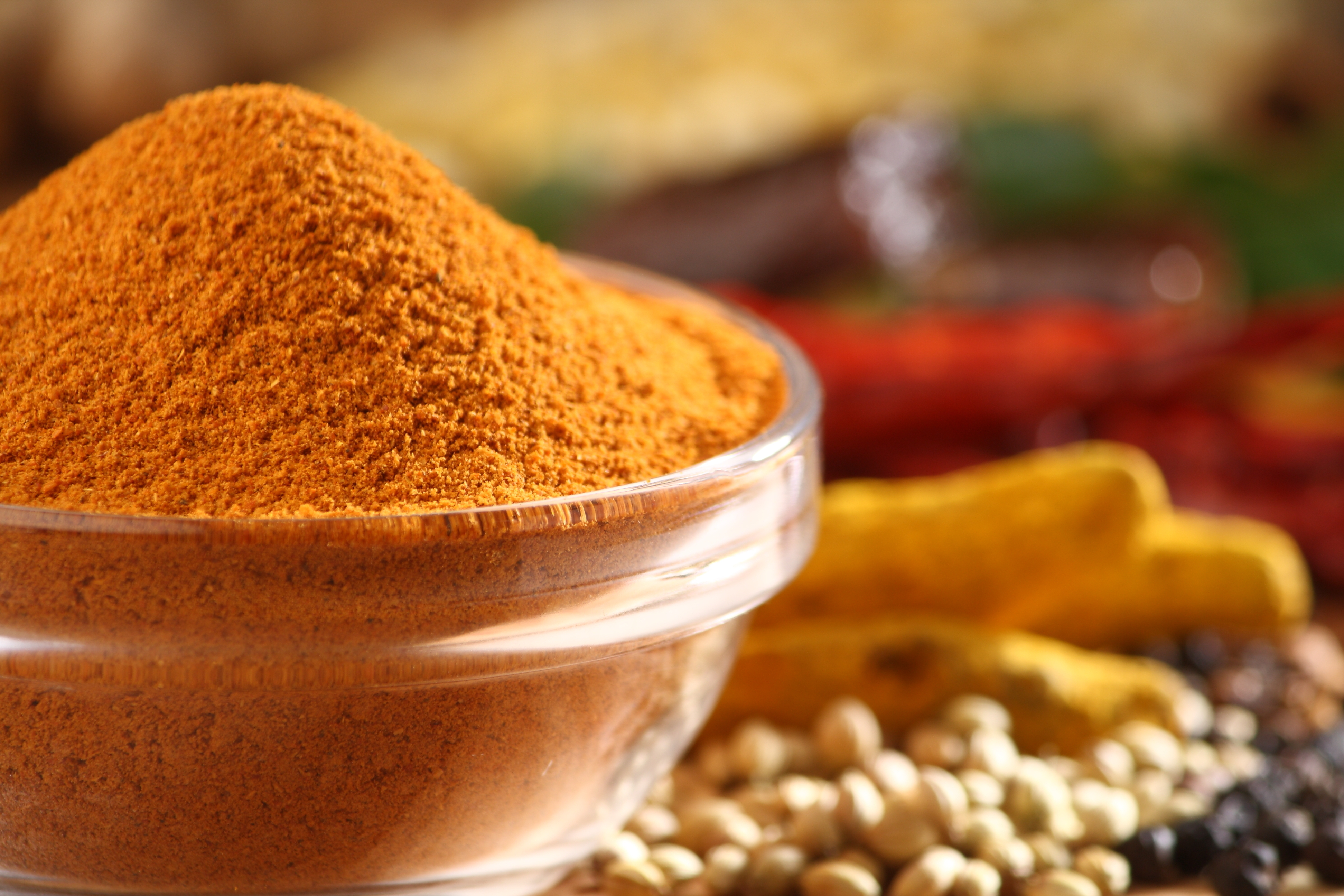TURMERIC: the spice that keeps you young

New Parma / november-december 2008
Turmeric (Curcuma Longa, Indian Saffron, ukon, jiang huang) is a rhizomatous herbaceous perennial plant yellow in colour and it is one of the main ingredients of curries. Used in the West to add flavour and colour to salad dressings, it is one of the preferred spices of Indians and Okinawa’s inhabitants. This island South of Japan is famous for having the world’s longest life expectancy and ageing without being affected by cancer, cardiovascular diseases, osteoporosis, diabetes and neuro-vegetative disorders, such as Alzheimer’s disease.
Obviously, it would be simplistic to attribute these results exclusively to the use of turmeric. In fact, Okinawa’s inhabitants, in addition to having a healthy and non-stressed lifestyle, follow a low-calorie and low glycemic diet, poor in saturated fat and rich in soy and fish. Soy contains plant estrogens that protect from cancers and act as anti-aging substances. Fish is rich in Omega 3 fatty acids that deter cardiovascular and degenerative diseases and improve brain functionality protecting against pathologic ageing.
However, in Okinawa, turmeric is used on a daily basis as a spice to flavour food and the ever present green tea, or as a medicine. Both the polyphenols in green tea and curcumin (turmeric’s main active principle) can activate protective genes and hence increase longevity and health.
Turmeric is used in Ayurvedic medicine as a general depurative, a digestive, a remedy for fever, infections, dysentery, arthritis, jaundice and various liver disorders. Chinese medicine uses turmeric for liver and gall bladder problems, haemorrhages, stomach congestion and menstrual disorders, flatulence, blood in urine, toothache, bruises and ulcerations (for external use).
The Researchers of California University of San Diego observed that “curcumin should be a safe anti-tumoral, non-toxic agent for treating colon and rectum cancers”; clinical tests carried out on humans showed that curcumin is not toxic if given in doses of up to 10 grams. Numerous studies suggest that turmeric has enormous potentials in the prevention and treatment of cancer.
The American Institute for Cancer Research reported a certain degree of inhibition for cancers of the gastrointestinal tract, including oral, oesophageal, gastric and colon ones.
This seems to result from the fact that turmeric used as a dressing spice may mitigate the effects of several carcinogenic foods. Turmeric seems to be effective against breast cancer and melanoma.
Turmeric has also been studied in depth for its remarkable anti-inflammatory properties. It improves receptor sensitivity to cortisol and, de facto, its anti-inflammatory properties are comparable to those of the hormones having the cortisone structure produced by our body. This improved sensitivity to cortisol keeps its levels lower thereby limiting the early ageing caused by cortisol excesses.
From a cardiovascular point of view, it carries out a protective effect determined by its anti-aggregating (comparable to aspirin) and hypocholesterolemic properties.
A study carried out by Italian and American researchers suggests that curcumin can increase the protective and anti-oxidating properties of an enzyme that safeguards the brain. In patients affected by Alzheimer, turmeric increases the efficiency of the immune system by 50% in eliminating Beta-amyloids, which are the substances responsible for the decay of brain neurons.
The simplest and most natural way to take turmeric is by using curry more often because the numerous versions of this aromatic condiment suit different types of meat, seafood and vegetables, besides containing other spices (coriander, cumin, fenugreek, ginger, cinnamon, etc.) that are beneficial for health.
If you were to decide to consume turmeric as such, you can take a dose ranging from 3 to a maximum of 10 grams up to 3 times a day, or as curcumin (the active principle) in 500 mg. capsules two/three times a day.
“In 1996 turmeric was the object of an attempted ‘biopiracy’: two Indian researchers from a US University, after having ‘developed’ a drug containing the yellow spice as an active principle, requested and obtained the patent. However, the legal action taken by the Indian Council for Scientific Research led the U.S. Patent Office to admit that the officinal properties of turmeric are an Indian discovery and thus they cannot be patented, therefore the patent was revoked. This victory rendered turmeric unattractive for the pharmaceutical industry and explains why the exceptional virtues of this root, which are widely confirmed also by modern science, have not become today’s health mantra (From “Stampa Medica” 6th August 2007)”